
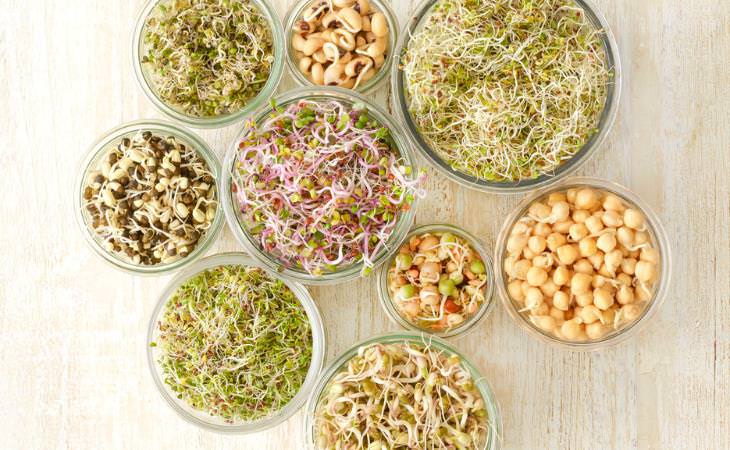
Of course, this is only a partial list, but for starters - it's more than enough. The most common ones that you've probably tried before are alfalfa, mung bean, red clover, and broccoli sprouts.
A little misconception about Brussels sprouts: despite their name, they are not sprouted seeds, of course. They're a full-grown veggie, who's close relatives with cabbage, kale, broccoli, and cauliflower.
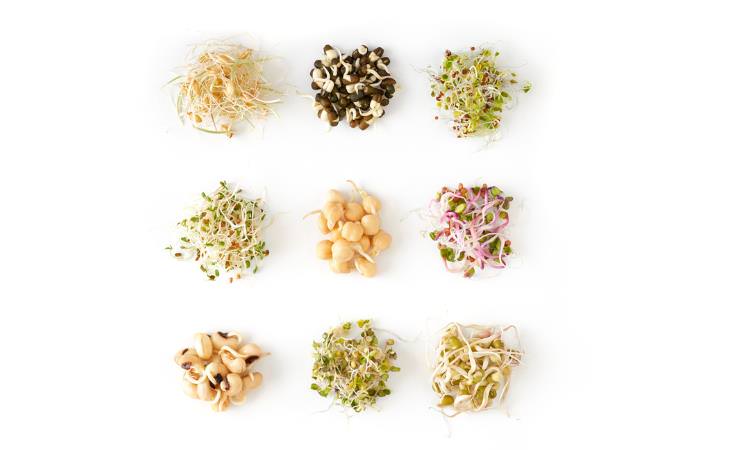
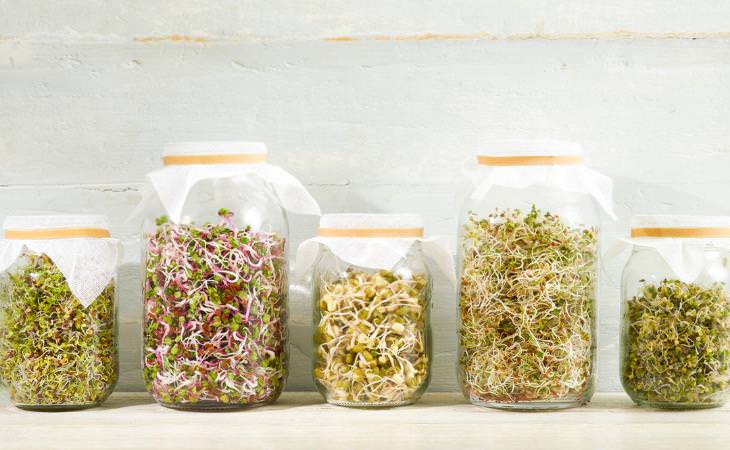
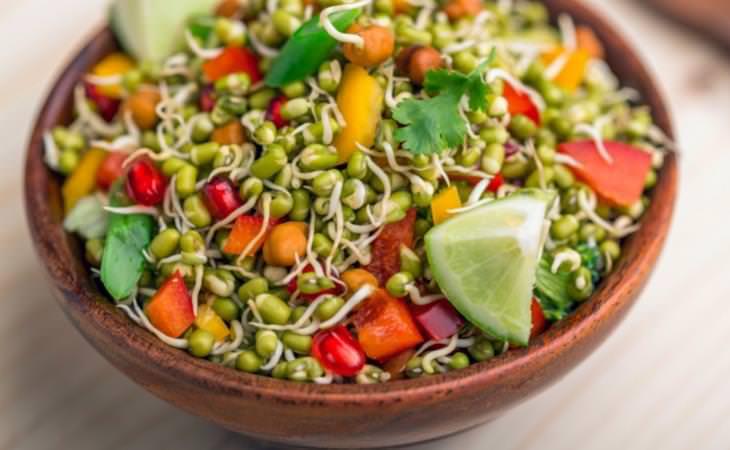
 12:14
12:14
Who (If Anyone) Should Drink Gatorade?
This brightly-colored drink promises to replenish your electrolytes, but it turns out that most of us don't even need them...
 4:02
4:02
This Diet Slows Down Hearing Loss
Certain diets can preserve and maintain good hearing while slowing hear loss.

Learn How to Make Natural and Healthy Food Coloring at Home
Some food coloring can be harmful, so why not make your own? Do so will allow you to add health benefits to your food!
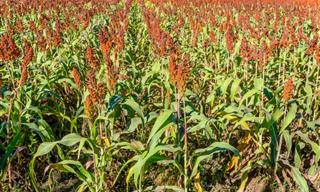
Ever Heard of Sorghum? Hint: it's Something You Eat
In this article, we will learn about sorghum, an ancient wild grain compatible with gluten-free and diabetic diets.
 6:14
6:14
What (Non-Psychedelic) Mushrooms Can Do for Your Brain
Lion's mane mushrooms are memory-enhancing brain food! Learn the science behind them here.

From Can to Gourmet: Cooking Tips for Canned Vegetables
Here are our tips on how to make a delicious meal from canned vegetables.
 7:52
7:52
Everybody Should Know How to Tie These 9 Knots
Knowing how to tie different kinds of knots is a very useful and important skill. Learn how to tie these 9 most common knots with this video tutorial.
 3:43
3:43
The Absolute Easiest Way to French Braid Your Hair
This video tutorial will teach you how to French braid your hair in just a few easy minutes.

8 Useful Tips That Will Help You Tame Your Anger!
Being angry takes its toll on your health and relationships. Therefore, this video will show you 8 great ways to keep your anger in check.

Can't Fall Back Asleep? Try These 8 Genius Tricks
Do you wake up in the middle of the night? Thankfully, there are some natural remedies you can try, that will get you back to falling asleep quickly, making any unwelcome moments of wakefulness seem like nothing more than a fleeting dream.

Keep Your Home Spotless with This Natural Cleaner
This article will show you how you can make an natural all-purpose cleaner that will leave your house clean and smelling fresh.

6 Homemade Shampoos For Various Hair Types and Conditions
Anyone who isn’t happy with their current shampoo can try making homemade shampoo. This article offers 6 recipes and tips for making DIY shampoo.

Sometimes Thinking Out of the Box Can Make the Difference
Check out these pictures of people dealing with their problems in their own unique way.

Things Considerate Shoppers Never Do at the Grocery Store
Here are 15 things considerate shoppers avoid doing at the store.

These 2 Solutions Will Help You Say Goodbye to Plaque!
If you have some plaque on your teeth that you need to get rid of, we recommend that you try out this brilliant home remedy!

Experts Advise to Leave These Words Out of Your Vocabulary
Some very common words we say automatically might be making us look bad, experts say. These are the 5 words you should leave out your next conversation.
 5:39
5:39
12 Ways to Tell Your Cat You Love Them So They Understand
How to make a cat understand you love them? Here are 12 ways.

Dog Behavior 101: How Dogs Show They’re Upset
Your dog may be mad at you and may not even know it!
 8:13
8:13
5 Best Salts to Cook With... and One to Avoid
Here's a guide to help understand which salts to buy, how to use them, and which ones to avoid.
 4:34
4:34
Discover the Ideal Morning Routine to Activate Your Brain...
If you struggle to wake yourself up every morning, then this video might just have the perfect solution for you.
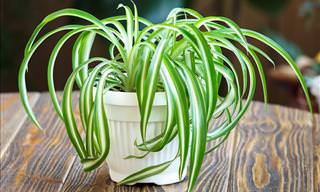
Decrease Indoor Humidity Levels with These 6 Plants
Having an ideal humidity level in our homes is essential for good health. Here are 6 indoor plants that can help decrease excessive humidity.

How to Take Fewer Trips to the Grocery Store
Struggling to visit the grocery store way too often, in light of the Covid-19 pandemic? These tips will help you shop for food more seldom...
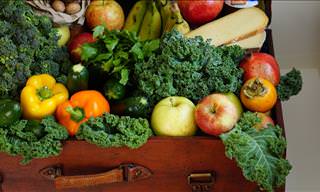
Say Goodbye to Rotten Fruits & Veggies with These 12 Tips
The way you store your groceries can affect their shelf life. These 12 tips will help keep your fruits and vegetables fresh for longer.

Once and For All, Is there a Right Side to Aluminum Foil?
Many home cooks have pondered the question 'should I use the sticky or the dull side of an aluminum foil'? We're here to answer this question once and for all
 6:08
6:08
Fold a Napkin Into a Rose for a Unique Table Setting
Learn to set a table with napkin folding, giving a unique touch to your dinner table.

Incredibly Interesting Facts and Figures About the World
These facts and figures about the world are the most interesting you have ever read.

Never Flush or Pour These Items Down Your Drain!
Drains aren't capable at dealing with everything that you throw down them. Here are 10 items that you should never throw down the drain!
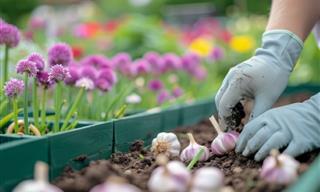
Plant Some Garlic in Your Garden This Fall Season
A quick and easy guide to planting garlic in your garden this fall season.

25 Questions You Should Never Ask People Over 50
It is impolite to ask these 25 questions to people over 50 years old.

Learn About 12 Popular Spices in Their Natural Form
We've gathered 12 very common spices and included photos showing them as plants blooming in nature.
 11:03
11:03
No Garden Necessary to Grow These Fruits & Veggies at Home
Learn how to grow some wonderful fruits and vegetables indoors at your home.

Woah! Who Knew Baby Powder Was This Useful in the Garden?
If you have excess baby powder lying around your house, you'll be pleased to know that it has plenty of uses in the garden.

Surprsing Ways to Stay Happier in 2025, Backed By Science
This year, instead of resolutions, give time to your mental health...

Laundry Detergent Is SO Versatile: 8 Genius Home Uses
Laundry soap, both liquid and powder, has a great number of unexpected uses, from dissolving grease stains to cleaning upholstery & even getting rid of weeds!

10 Things to Keep in Mind for Cooking Motivation
Does cooking suddenly seem like a nightmare? Here are 10 tips to help you fall in love with cooking again.
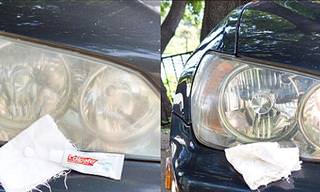
These Tips Will Help You Keep Your Car In Order
These hacks will help you get shinier headlights, organize your interior, and provide a nifty hack to help you remove a small car dent and lots more.

13 Unexpected Ways to Use Ziploc Bags Every Day
Here are 13 clever ways to put Ziploc bags to work in your daily life.
 5:59
5:59
Animal Advice: How to Make Any Cat Like You
How to charm any cat you meet into liking you.
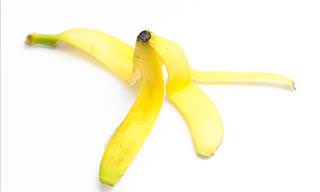
10 Amazing Beauty Uses for Banana Peels
Everyone knows that bananas are great for your health, but not many people know that the peel can be beneficial too and should be added to your beauty regime.

Changing Your Sleep Posture Can Do Wonders...
The advantages and disadvantages of each sleep position and how to improve it to minimize potential harm.

Debunking 8 Common Misconceptions About Taxes
Let’s break down eight of the most common tax myths and clear up the confusion once and for all.

8 Pressure Points for Improving Memory and Concentration
Whenever you feel stress starting to affect your concentration, or if you just want to improve your memory, try these 8 points ...

10 Questions You've Always Wanted the Answer To
In this post, we dive into 10 fascinating questions you've probably wondered about at some point in your life, offering clear and concise explanations to satisfy your curiosity.
 14:58
14:58
What More Can You Do With These Everyday Items? Amazing!
What more can you do with these everyday items? Find out here!

13 Ways to Reduce Annoying Household Noises for Good
Try these practical strategies to tackle the most common sources of noise in your home.
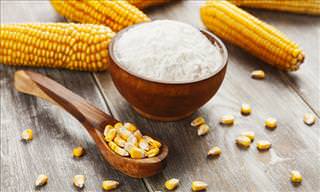
Cornstarch Has More Uses Than You Could Ever Think Of
We never usually think of cornstarch in terms of its ability to clean, but it's actually incredibly versatile and can be used in many different ways at home.
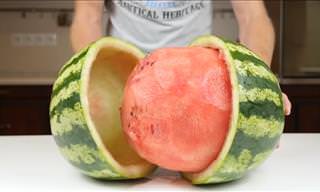 3:55
3:55
9 Terrific Methods to Cut Up a Watermelon
What is the best way to chop a watermelon? Here are 9 creative ways.
To enable your Ad-Free Subscription, please fill the fields below
Your subscription was successful, now you can enjoy an ad-free experience!! Note: To make sure you get no ads, please make sure to log in to your account. If you are logged in already, then refresh the page. The subscription can be cancelled at any time.


